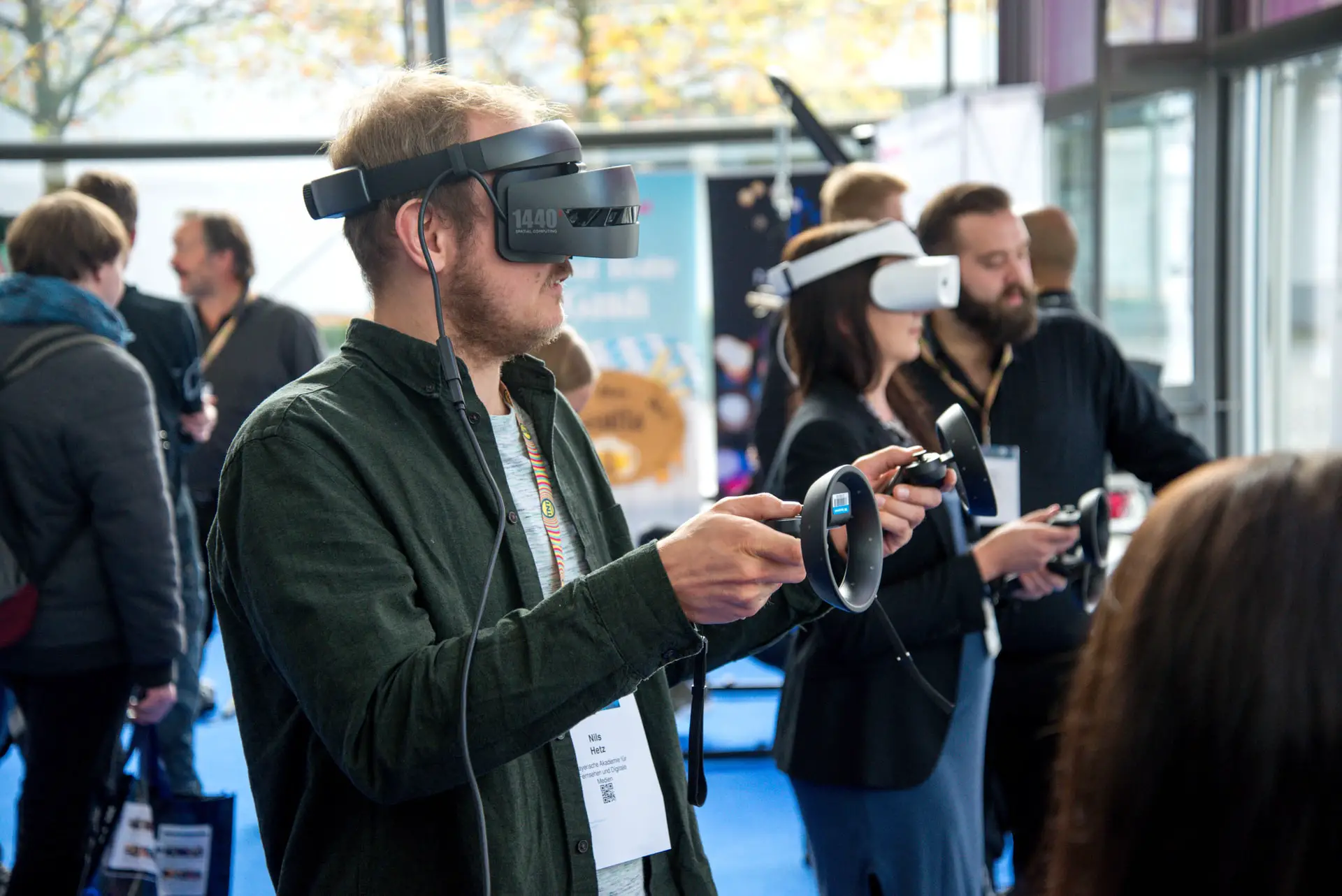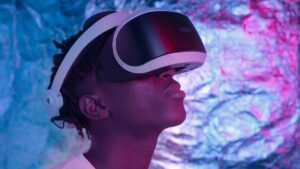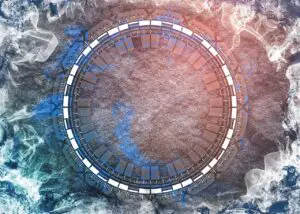While virtual and augmented reality can revolutionize how people live and work, these technologies can baffle the average person because of the overabundance of technical terms that developers use. Here’s a list of terminologies you’re likely to come across.
Virtual Reality
Also called VR, the term denotes technology that replicates an imaginary or fully immersive environment in which users feel physically present.
Augmented Reality
Also called AR, the technology implements sensors or device cameras to identify and map the external environment.
Teleportation
This common virtual-navigation technique permits users to move quickly between points without physically traversing the distance between them.
CAVE
A CAVE or Cave Automatic Virtual Environment uses projections on a room’s ceiling and walls to develop an actual environment’s illusion. Viewers can shift anywhere within the cave, resulting in immersion illusion.
Eye-tracking
Eye-tracking software is added to headsets to gauge and track the user’s gaze direction. This process makes it possible to replicate how eyes bring objects out of and into focus based on what a user is concentrating on.
Field of View
This term denotes the number of degrees observable at any given minute from a given perspective. Extending the view field in a visual medium can increase the number of visible objects considerably.
Ambisonics
This describes a technique of reproducing and recording sounds in 3600. This takes place through a unique range of at least four microphones to capture sounds from all directions.
Motion Tracking
Motion tracking permits you to move in a setting the same way you’d do in real life. When leaning to examine an object in a virtual world, you’ll get closer to the object, for instance. This component is necessary to trick your senses into believing that you’re partaking in the virtual setting.
Positional Tracking
This denotes the capacity to record your and the object’s movement in real-time. This makes it possible to rotate and move in the virtual world. The more precise the tracking, the more you’ll feel like you’re in that environment.
Spatial Audio
Spatial audio creates a sound that derives from a particular spot in the virtual world. Sound is one of the most significant elements to developing an immersive experience in virtual reality. Spatial sound enables you to hear surrounding sound and tracks sound when you shift your head, similar to real life.
Gaze-based Interaction
This term denotes the interaction between the VR content and users where a user’s gaze impacts the content directly. You can use it to direct a menu interface or navigate within a virtual setting.
Head Tracking
This process monitors the present orientation and position of a user’s head. This is crucial in virtual reality as it permits the virtual viewpoint to follow a user’s viewpoint.
Immersion
This describes a viewer’s sense of being part of a virtual setting. Its achievement occurs when design, sound, and visualization can develop a feeling of being in the virtual world.
Latency
This term describes a delay between user output (visual or audio) and input (hand or leg movements) generated by a blend of technical issues that have a likelihood of facing elimination with technological advancement.
Conclusion
As virtual and augmented reality become entrenched within society, you’ll want to familiarize yourself with these terms. This way, you’ll make informed decisions that will help you attain the desired immersive experience.
Follow us on LinkedIn
Read other Articles





